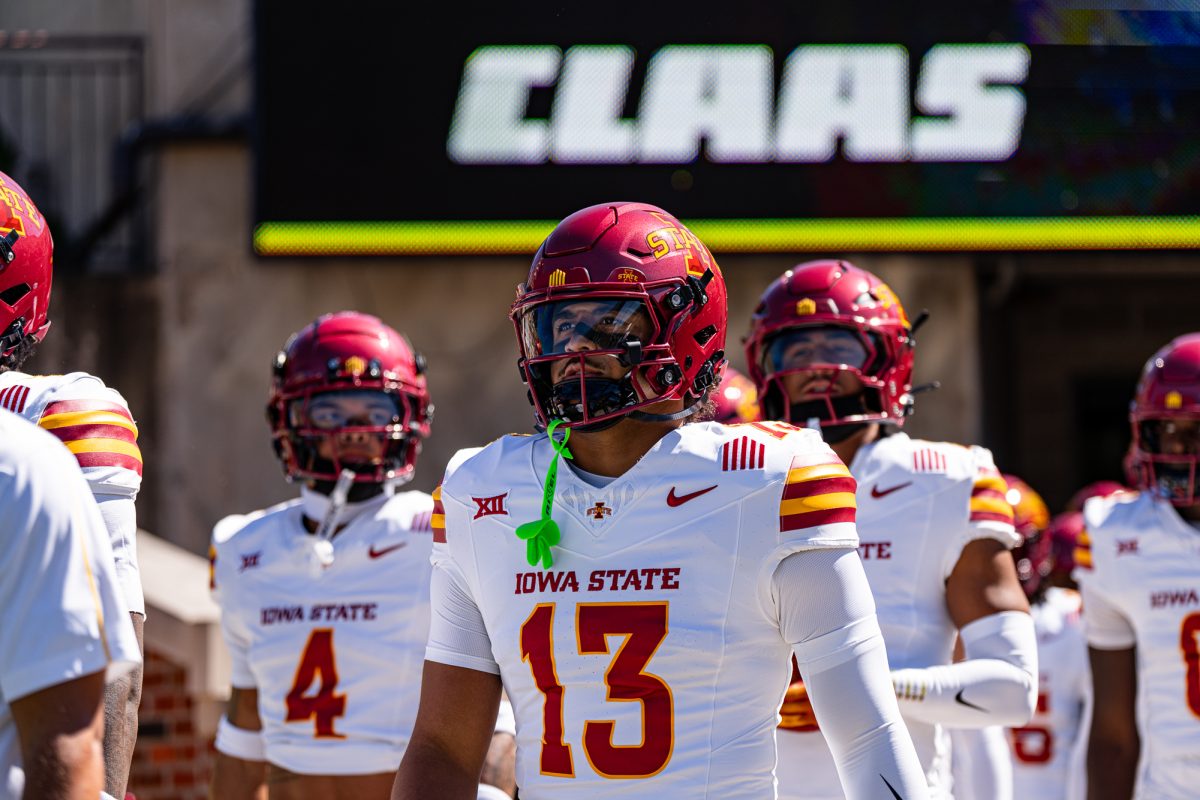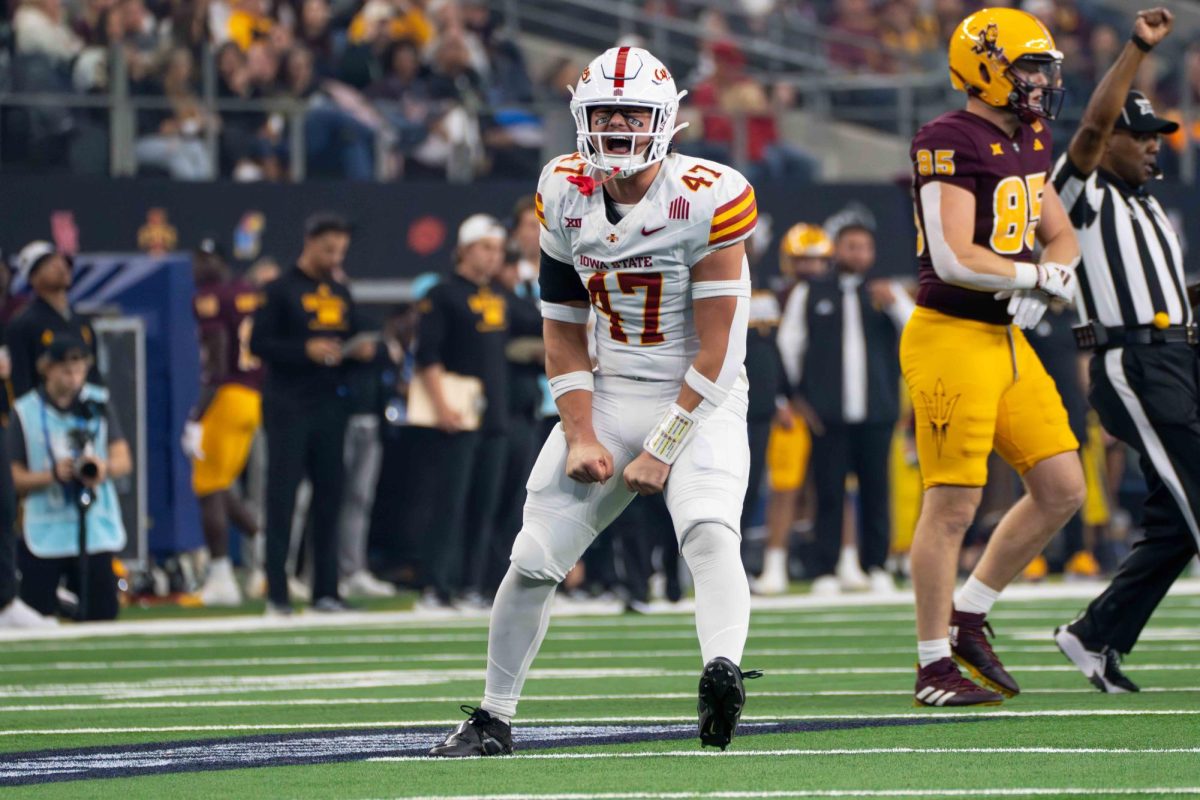Ames residents discover blood, plasma business
April 11, 1999
“To give?” or “To give then receive?” are the questions donors must ask themselves in deciding whether to give either blood or plasma.
Community-Bio Resources, Inc., 1618 Golden Aspen Drive, solicits the liquid portion of blood containing antibodies, proteins and mostly water, or blood plasma and pays out $20 for each donation. Donors can give plasma twice in a seven-day period.
Community-Bio manager Sandy Walter said about half of donors are students who donate for extra cash. But some people donate to help others in need, she said. The plasma is used solely for medical purposes, such as treatment for burn victims and hemophiliacs.
“I think a lot of people are in here for the money,” she said. “But I think a lot of people are here for a combination [of reasons] — doing something good plus getting their money.”
Walter said people who donate shouldn’t feel guilty about getting paid for their plasma.
“It’s a resource that we need, and we’re making medicine out of it,” she said.
Mary Greeley Medical Center’s Blood Bank also is in the blood business. Blood donations stay within Mary Greeley and are used for surgeries and to treat cancer patients and accident victims, said Keith Arneson, director of the Mary Greeley Laboratory and Blood Bank.
Unlike Community-Bio, the Blood Bank doesn’t bestow its donors with cash. However, Arneson said Community-Bio isn’t affecting the Blood Bank. To replenish its blood supply to between 200 and 250 units per month, the Blood Bank calls previous donors.
He said the majority of the Blood Bank’s donors are older than 21 and donate for altruistic reasons.
Arneson said not paying donors is a “safeguard” to keep people from lying about health and sexual history questions to make money.
“If you pay, the belief is that people could be less truthful in order to receive remuneration,” he said. But he says this belief applies only to blood donors.
“I think the safest thing to do is not to offer monetary compensation in [the Blood Bank’s] situation, but I don’t believe [Community-Bio’s] donors are less truthful,” he said.
Julie Tarvin, assistant manager of Community-Bio, said honesty isn’t related to pay.
“I think in general, no, they’re not less truthful,” she said of the center’s plasma donors.
To ensure its donors are truthful, the Blood Bank runs hepatitis and HIV tests and screenings for infectious diseases on each unit of blood taken.
Likewise, Tarvin said Community-Bio sends samples of each plasma donation to a lab in Alabama, where they are tested for hepatitis and HIV and screened to make sure the liver is functioning properly.
She said test results usually return within five days. In the meantime, the plasma is stored in a freezer at negative 20 degrees Celsius or lower. If test results come back negative, the plasma sits in the freezer six months before being shipped off to medical companies. If positive, the bad unit of plasma is incinerated in an off-site facility, Tarvin said.
Tarvin said the test results are “as accurate as any other laboratory testing.”
Walter said business at Community-Bio has steadily increased since its opening in March 1998.
“We started out at maybe 30 donors a day, and we’re probably up to 150 right now. And of course, we want to do more,” she said.
Suntichai Shevasuthisilp, graduate student in industrial and manufacturing systems, donates plasma once a week and sends most of the money to a children’s foundation in his home country of Thailand.
“I can help some people, and I can get some money to donate,” he said.
Leo Timms, associate professor of animal science, donates blood to the Blood Bank four to six times per year. He also donates platelets, clotting agents in the blood plasma seven to nine times per year. He said he donates to benefit people in need.
“It’s something I have that is essential for everyone to live,” he said. “Why not share it with people who need it?”
If given the option to receive money for his blood or platelets, Timms said he wouldn’t take it.
“I hope that eventually people understand they’re [donating] for a reason,” he said. “Money shouldn’t be the issue.”






